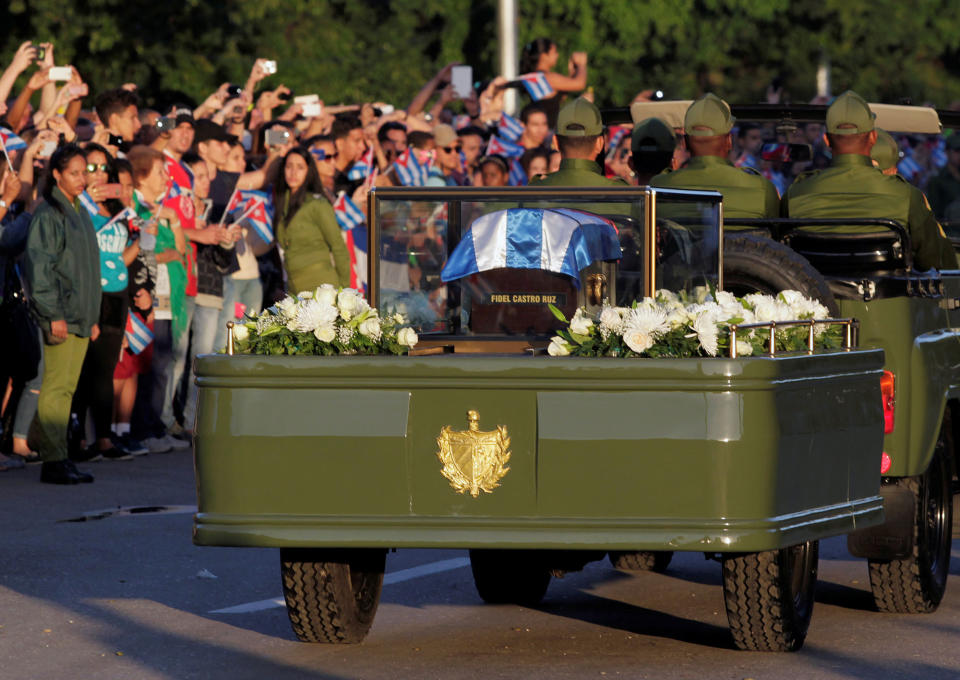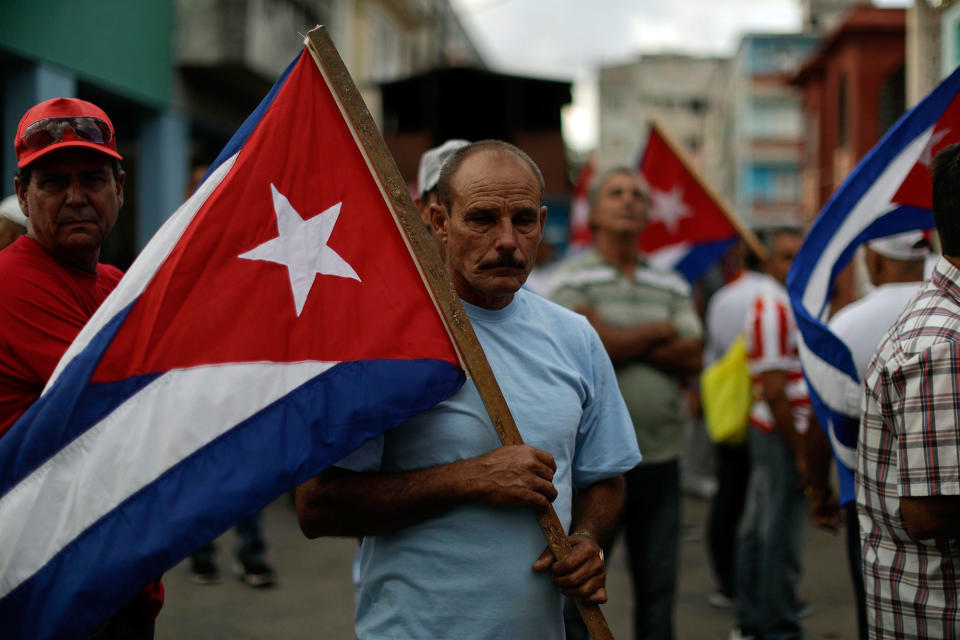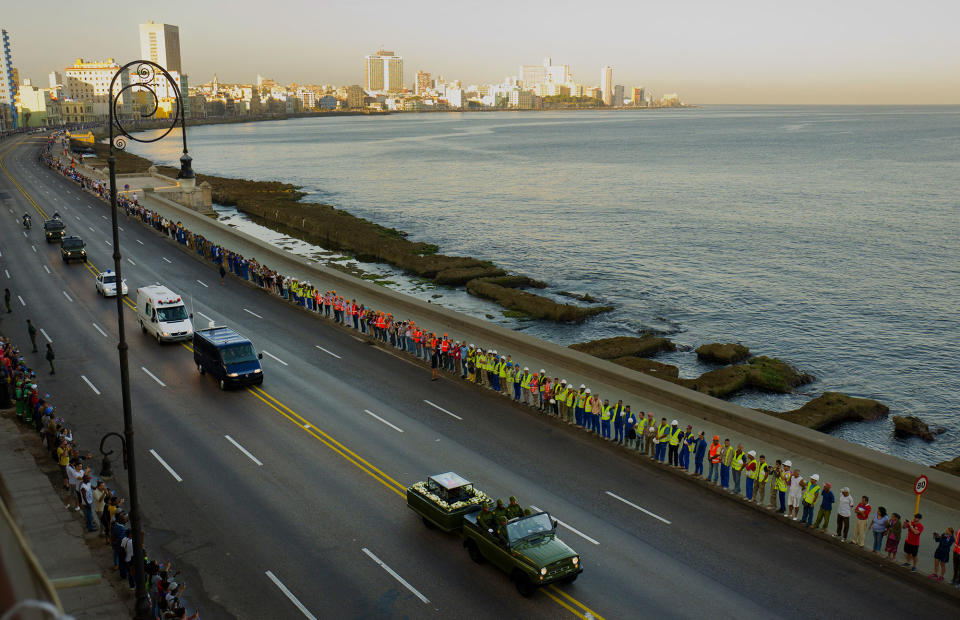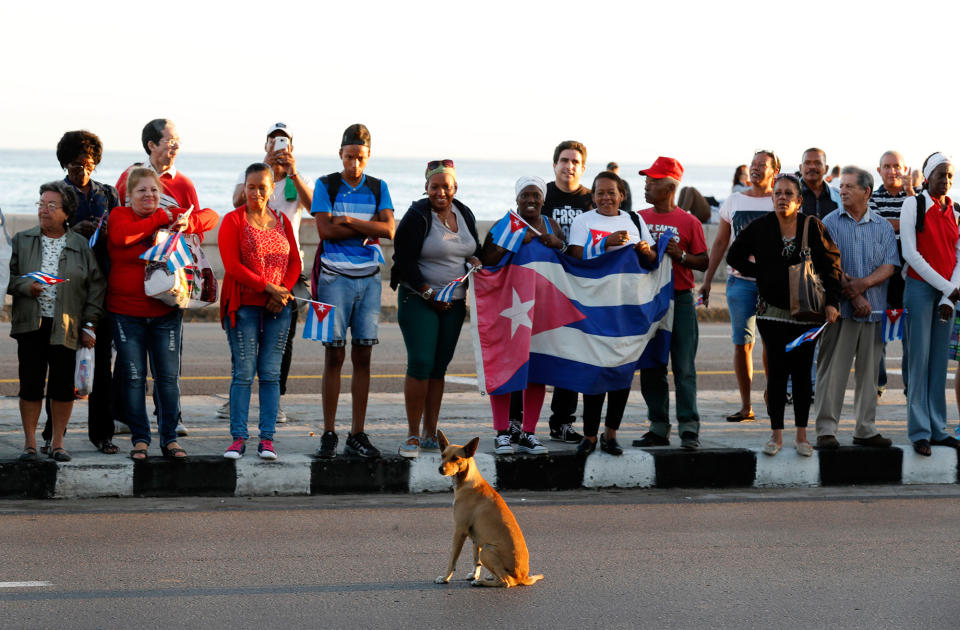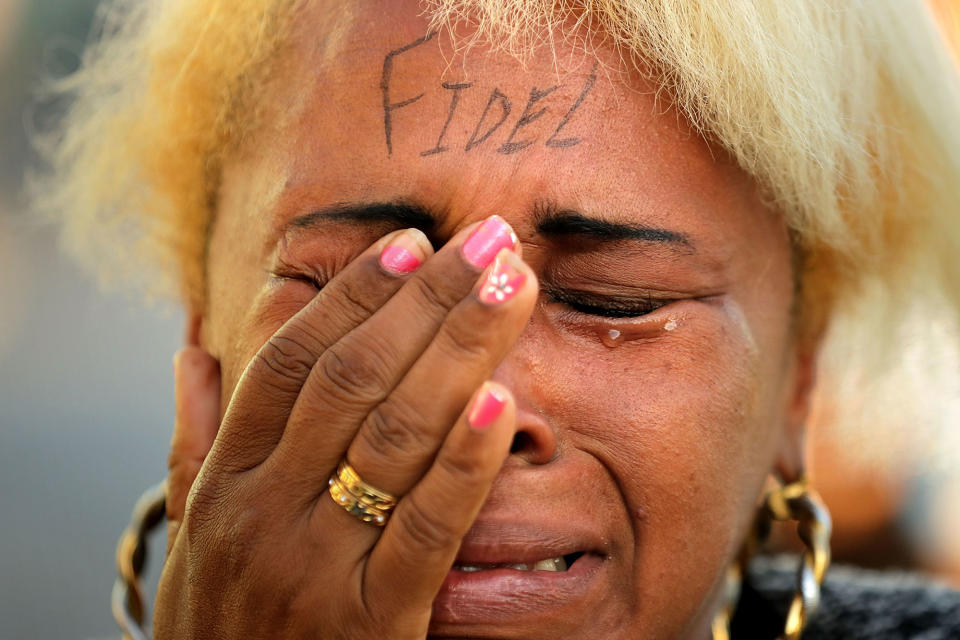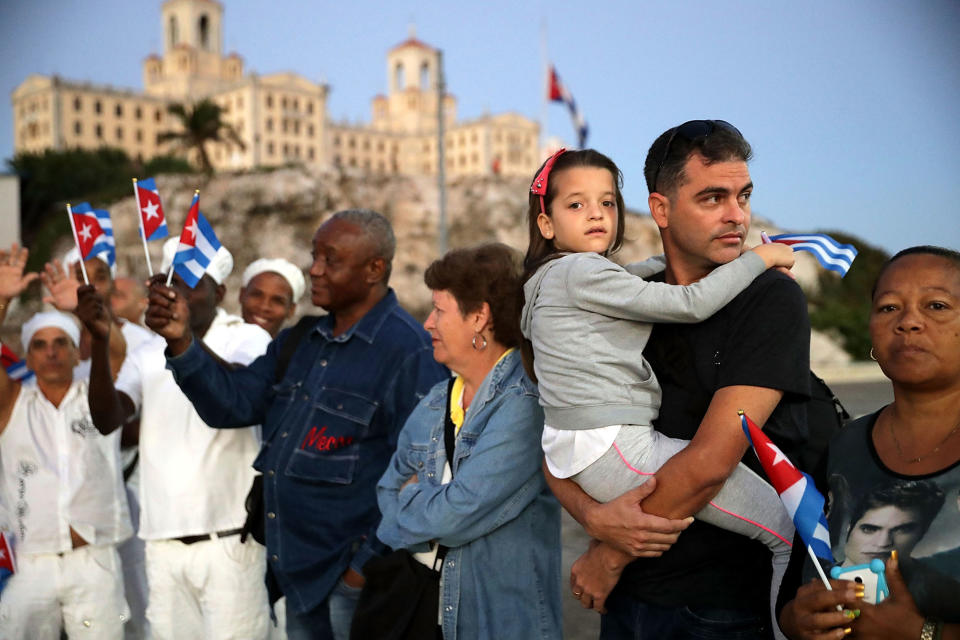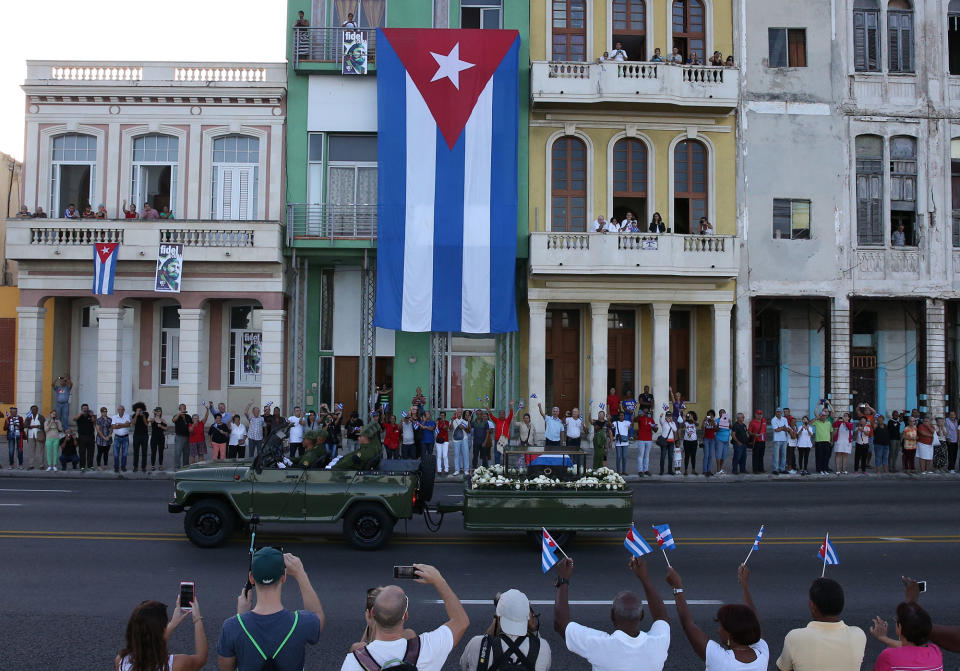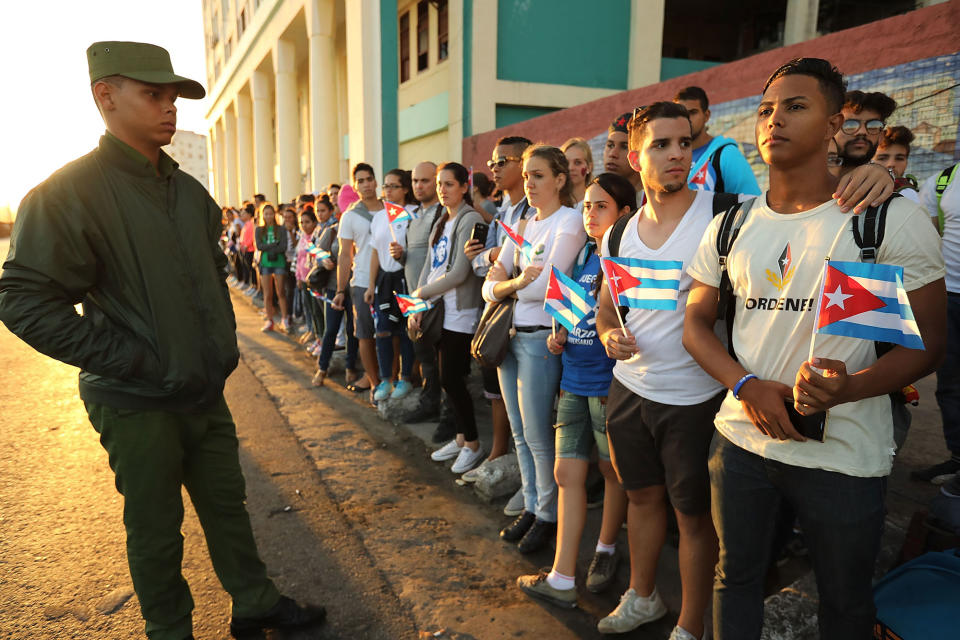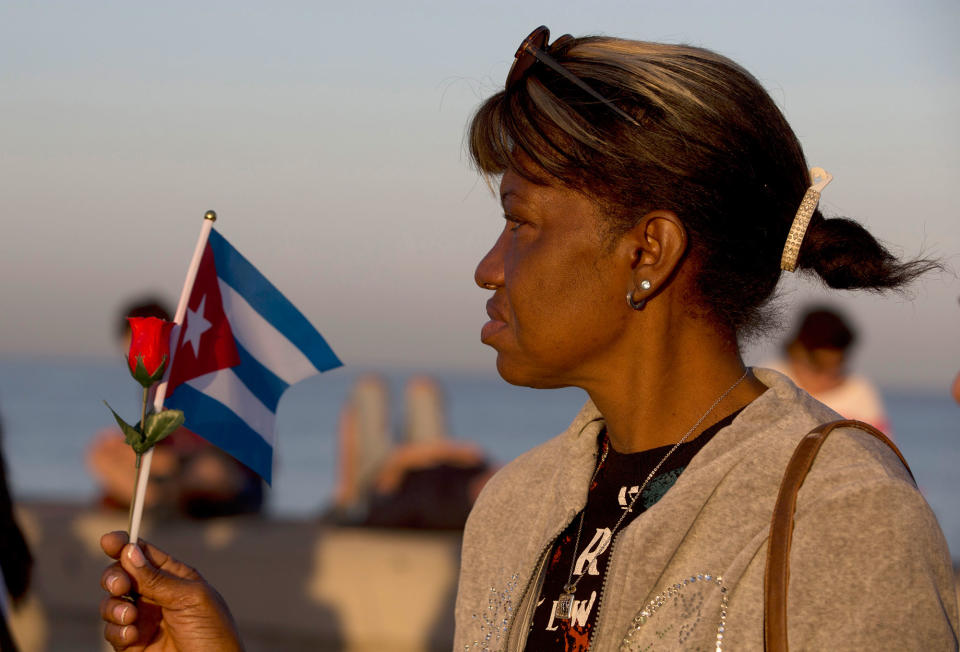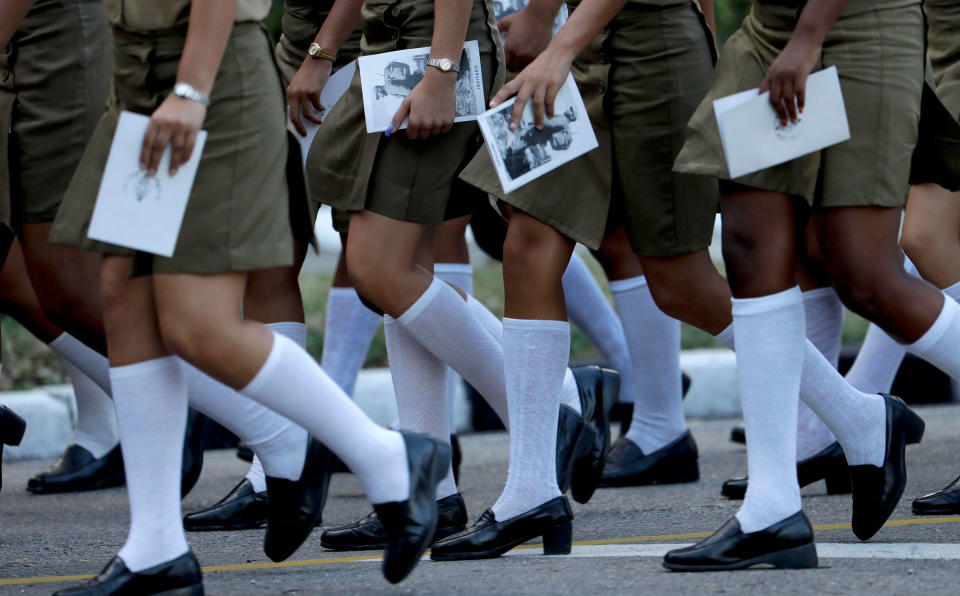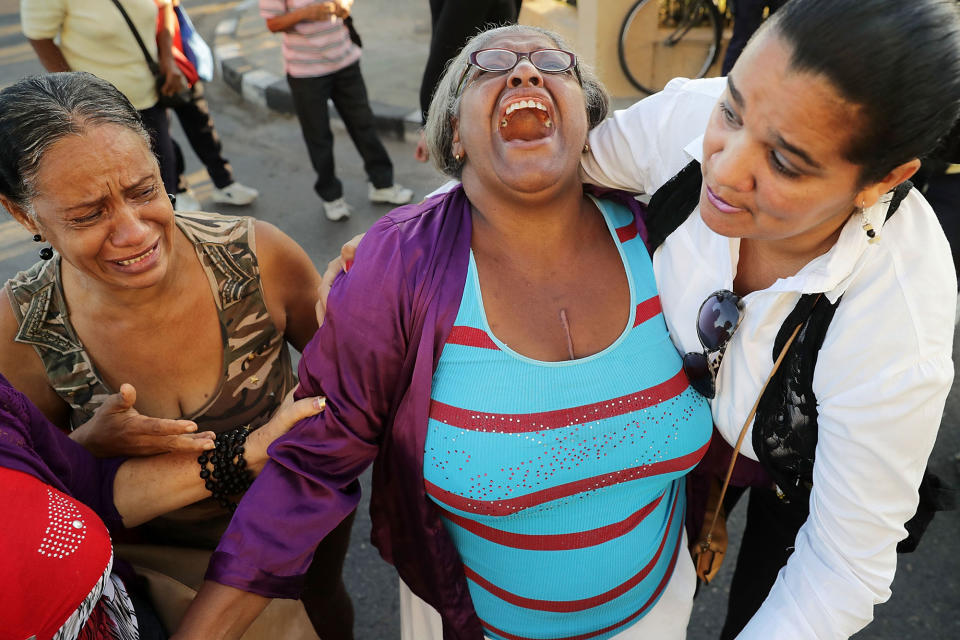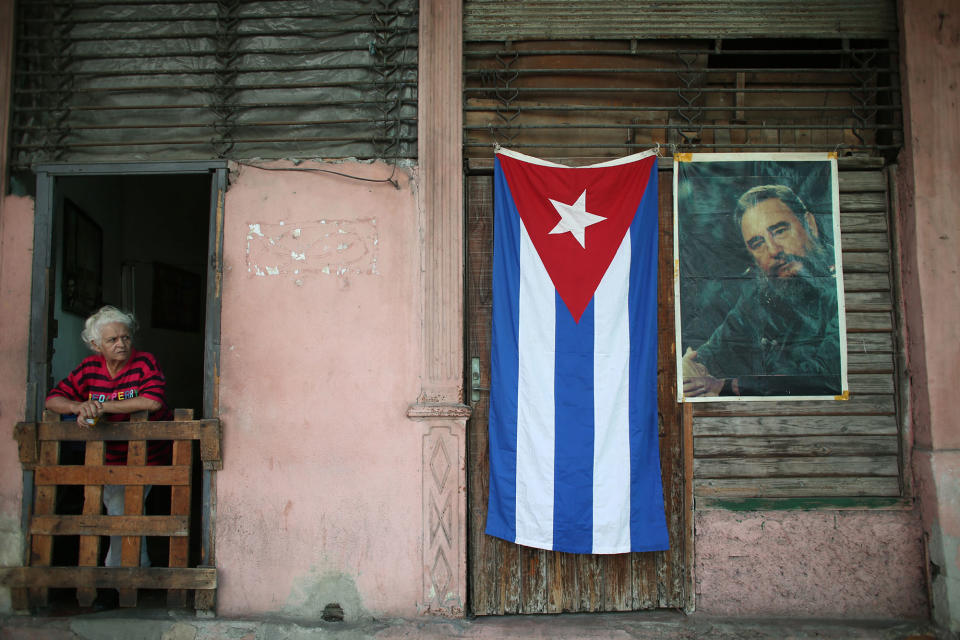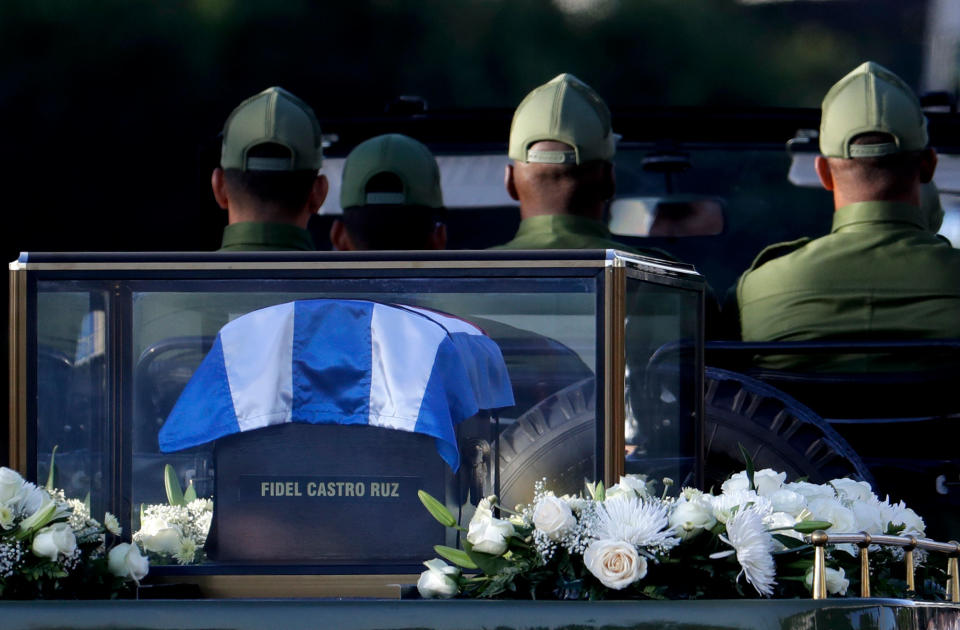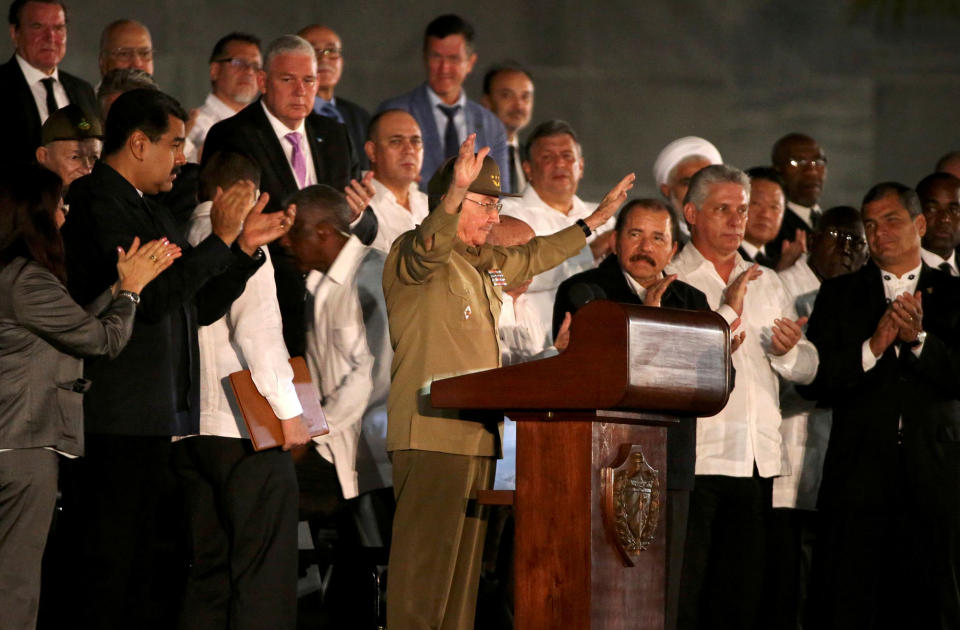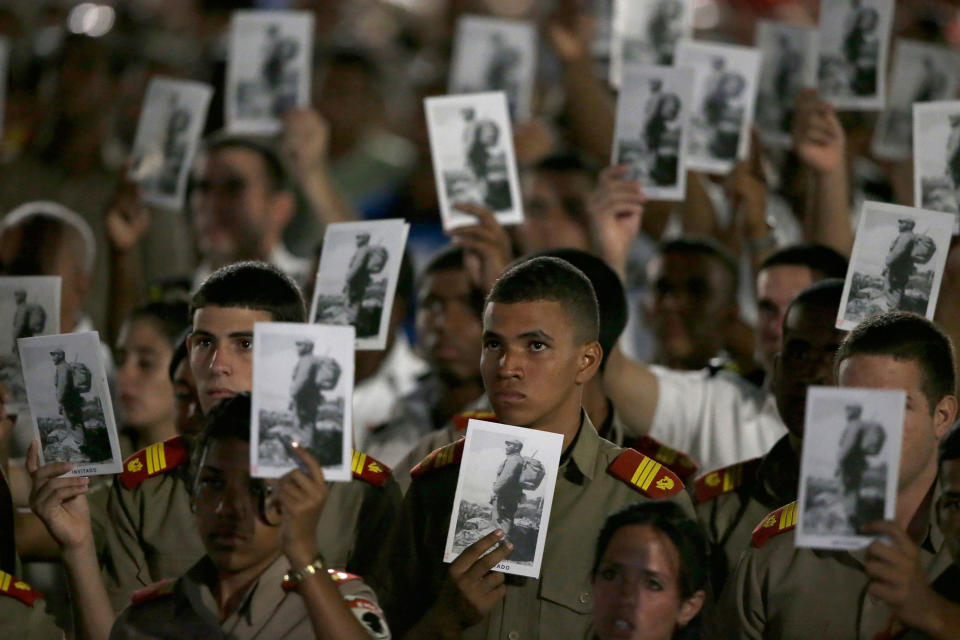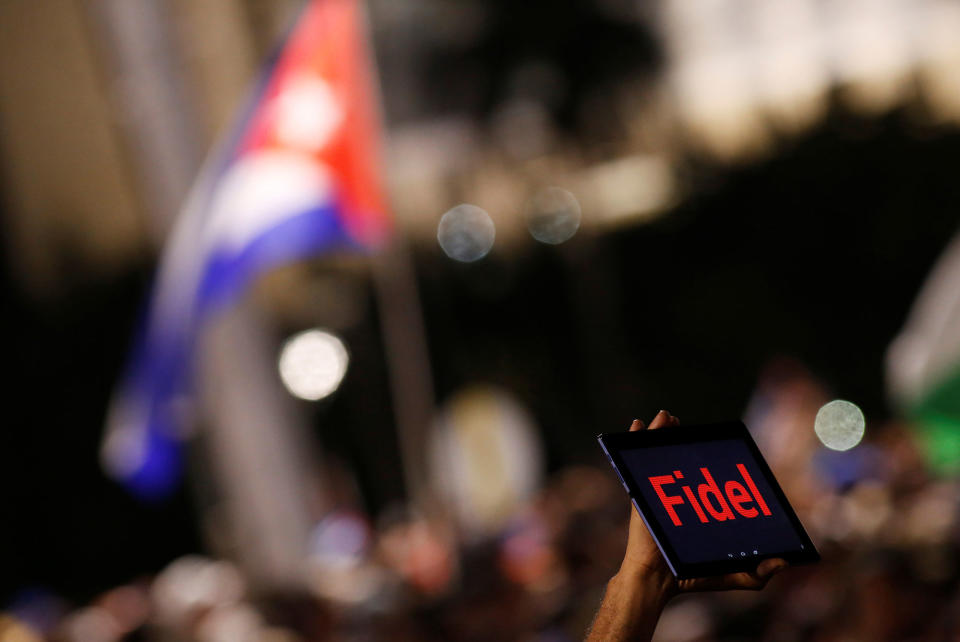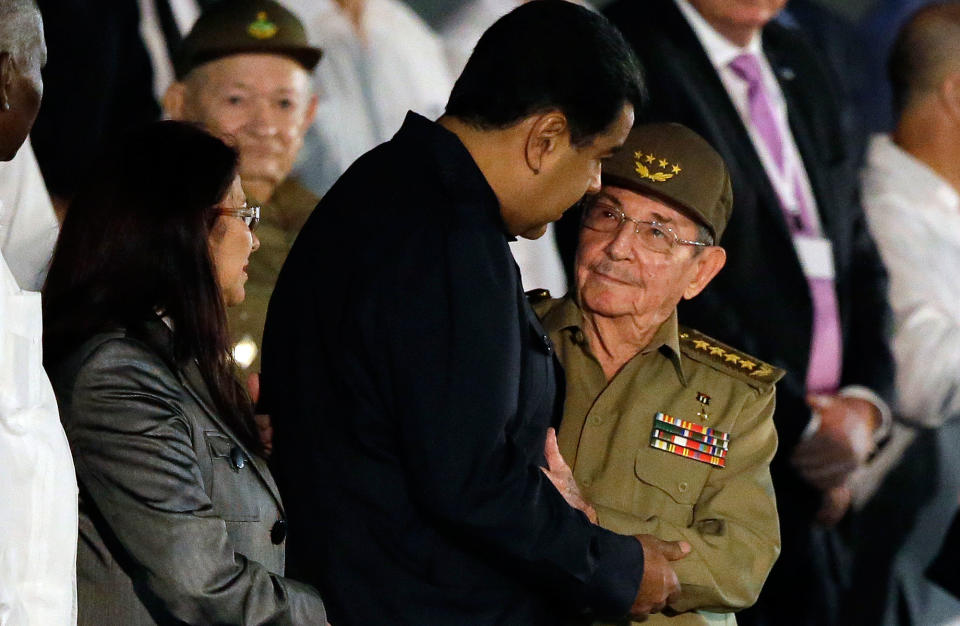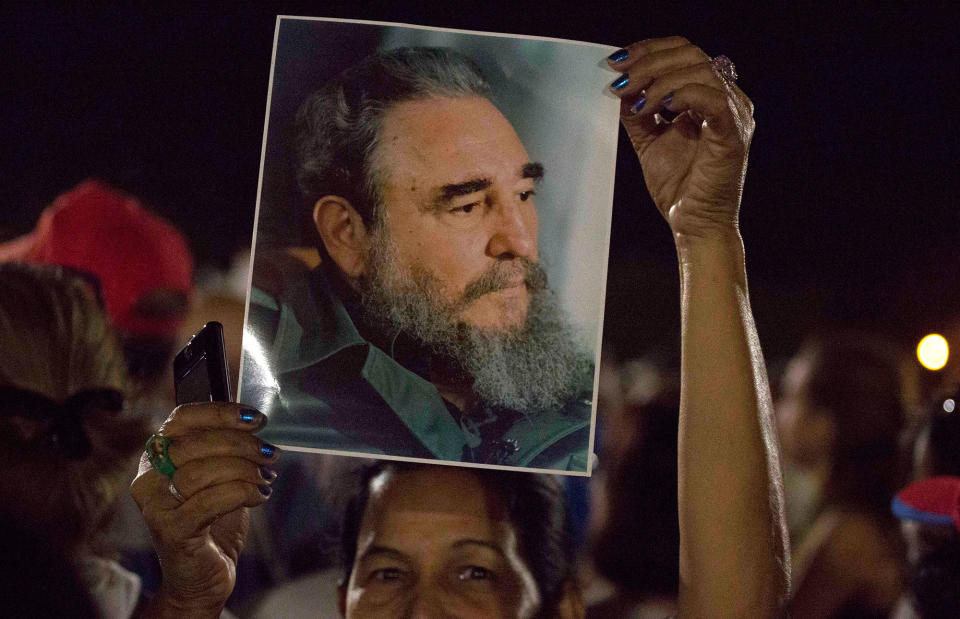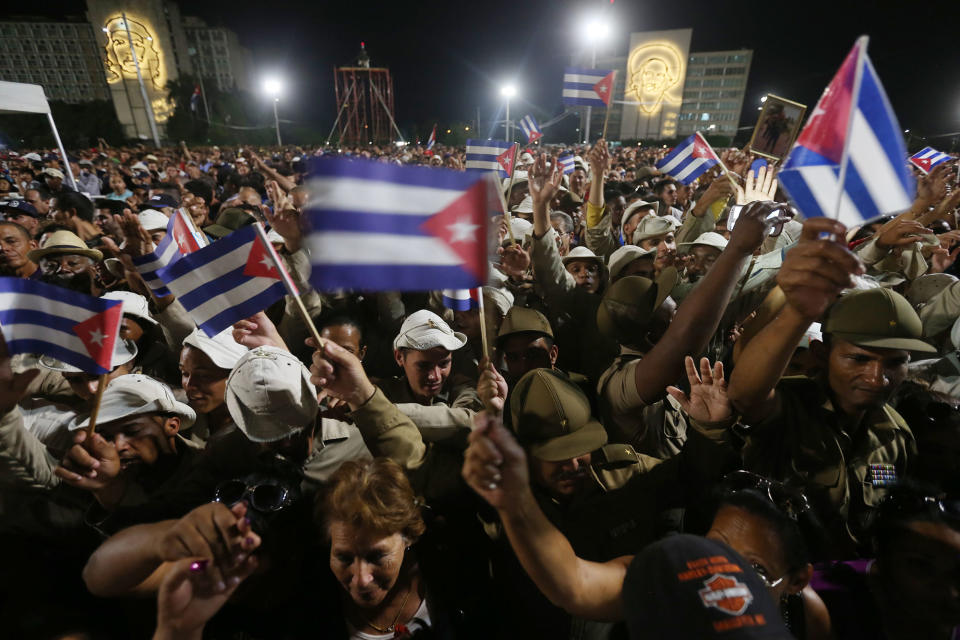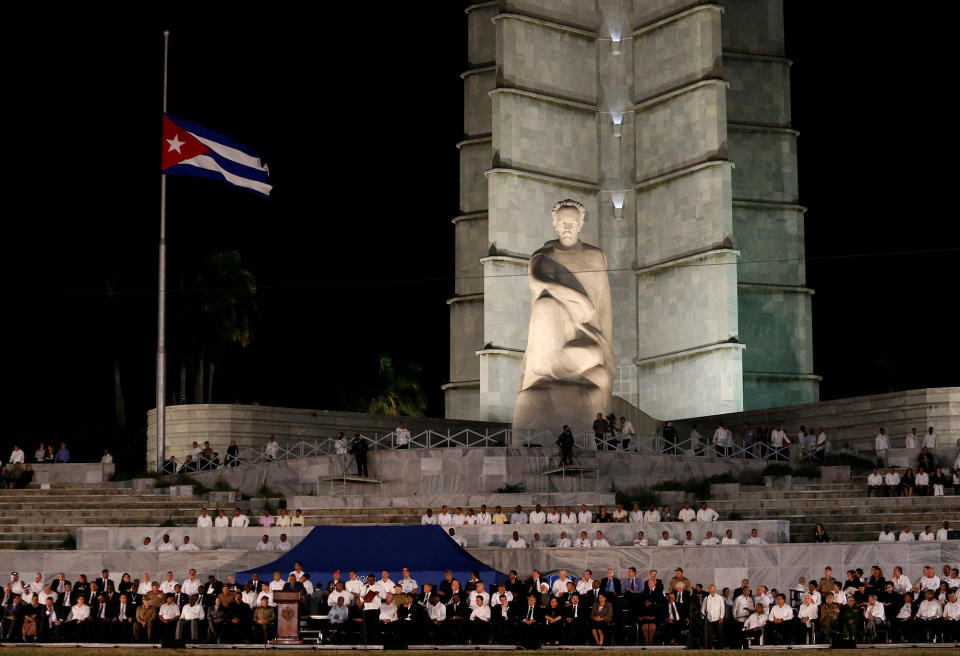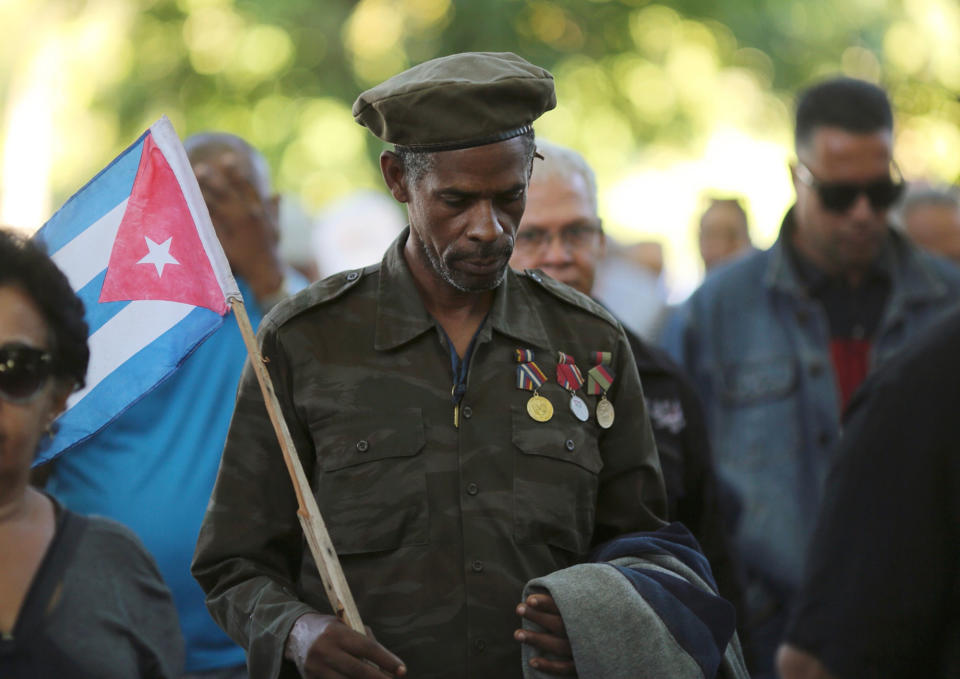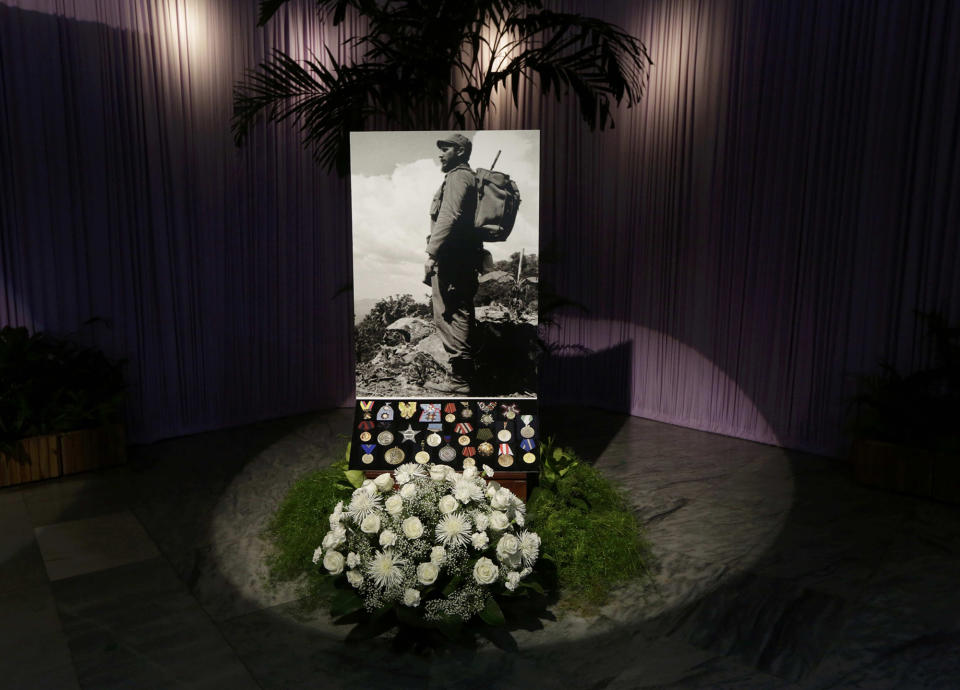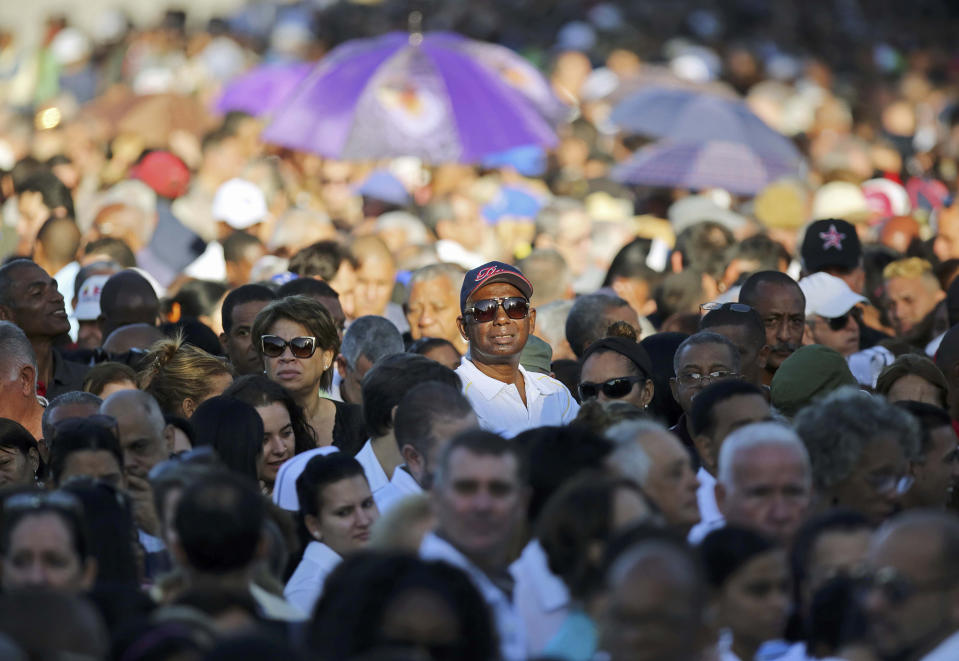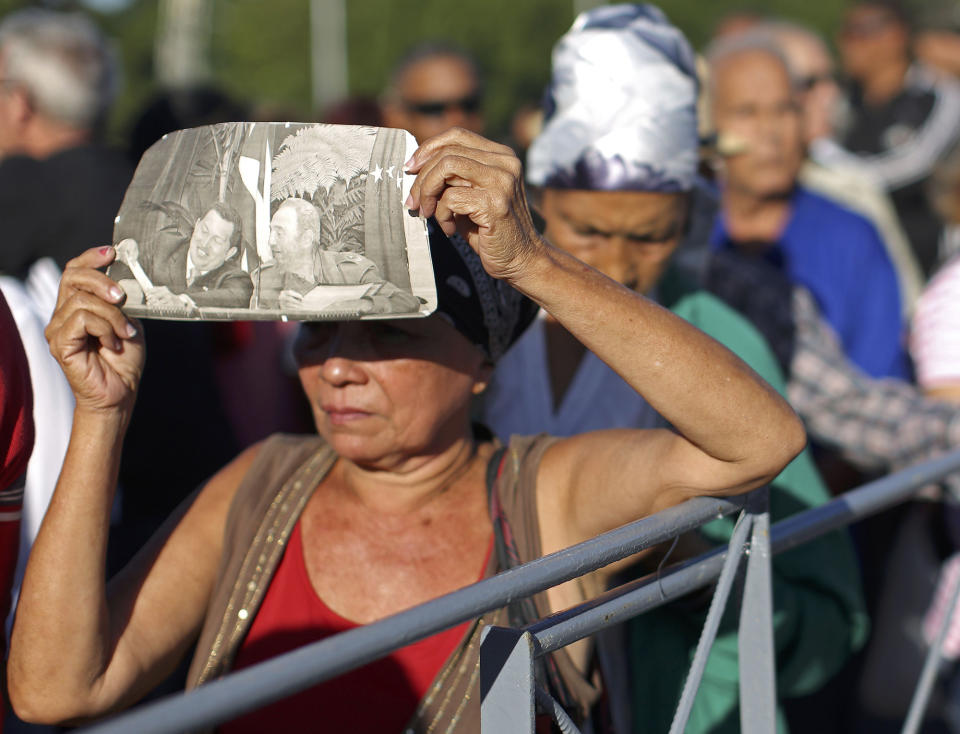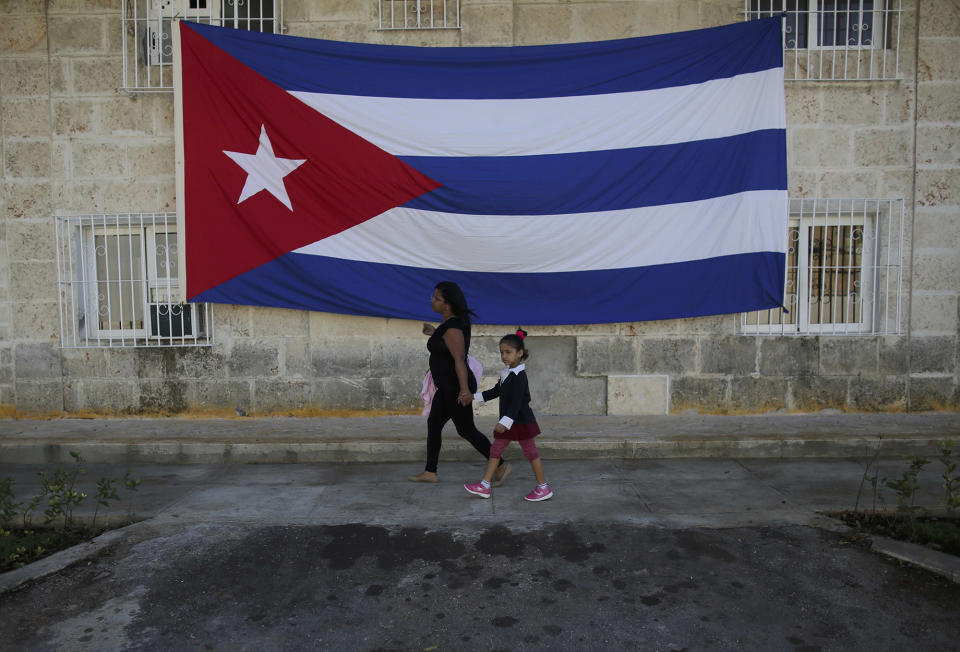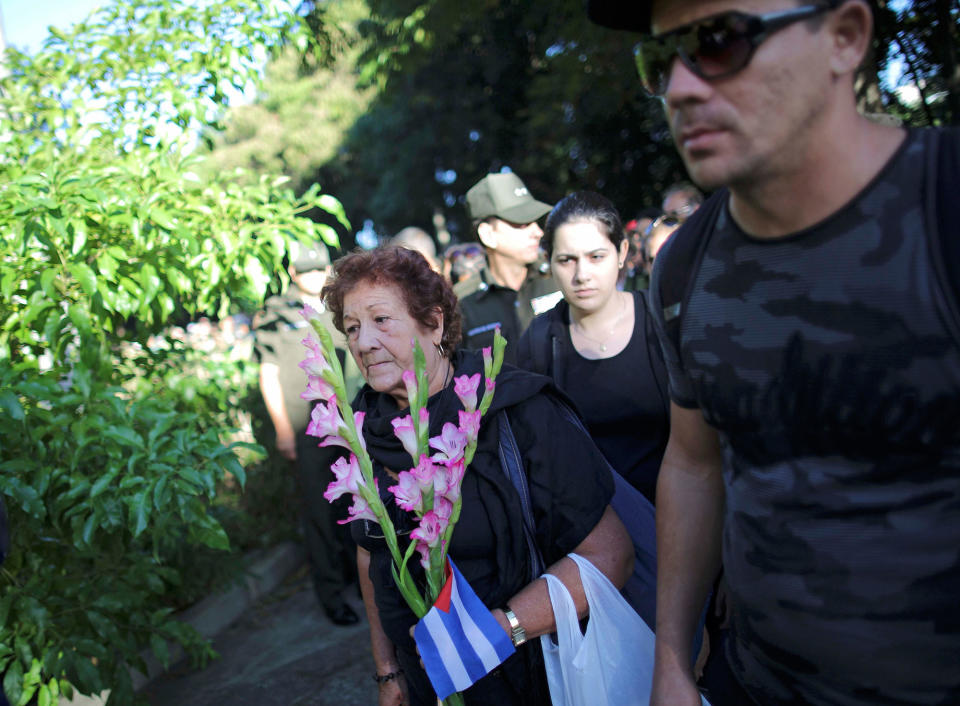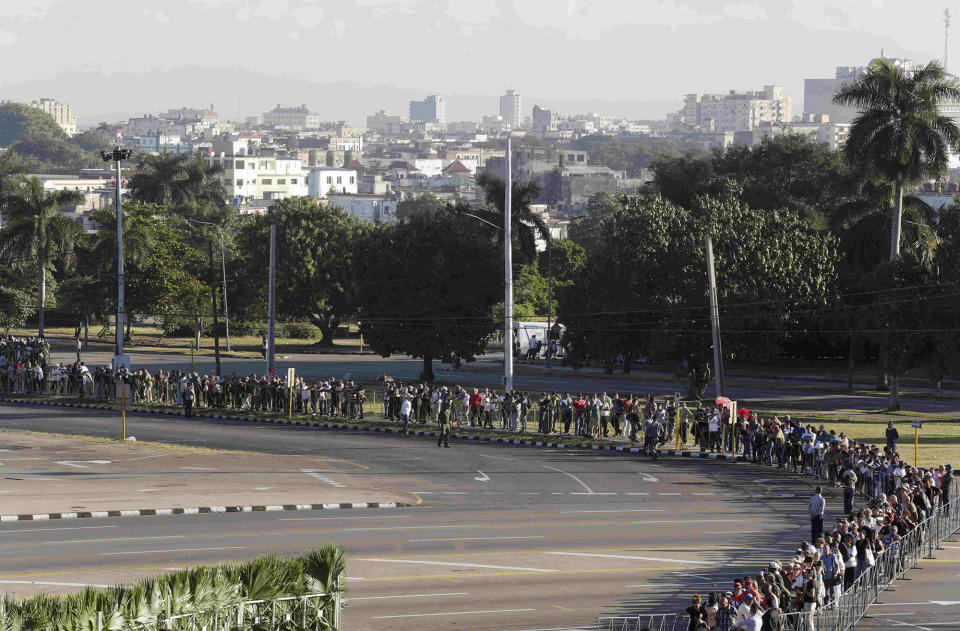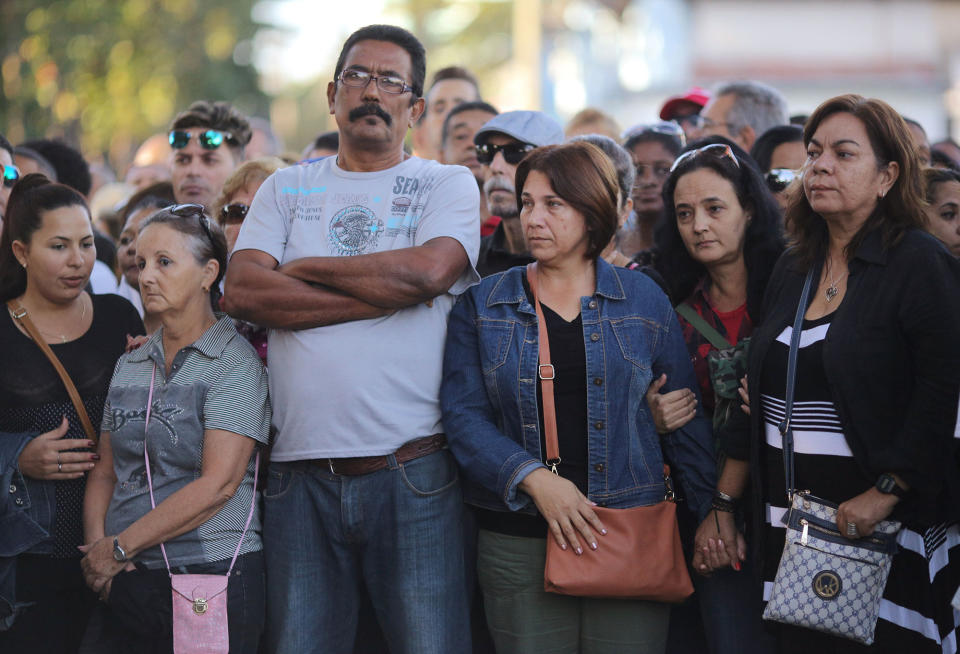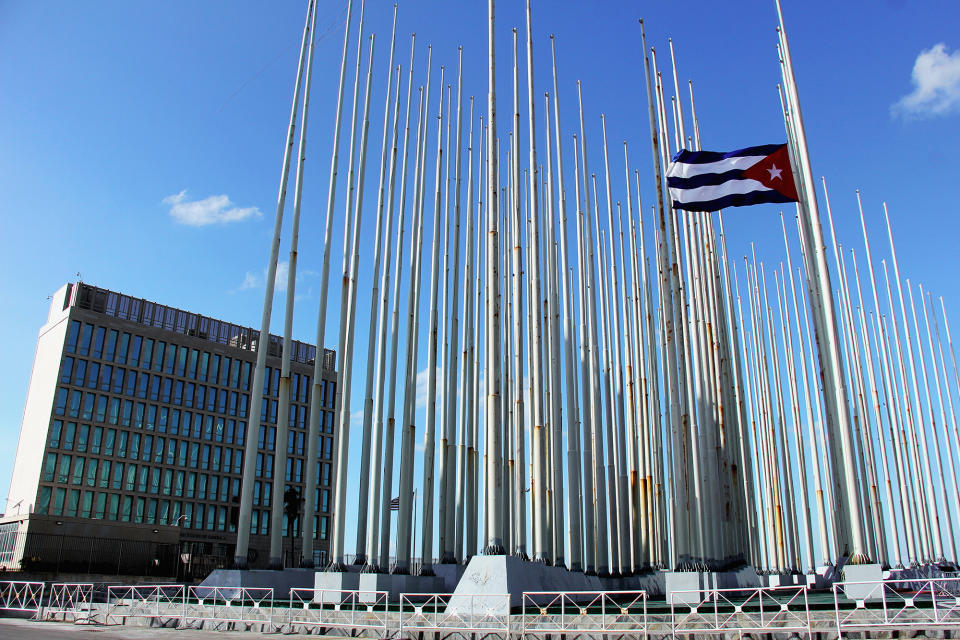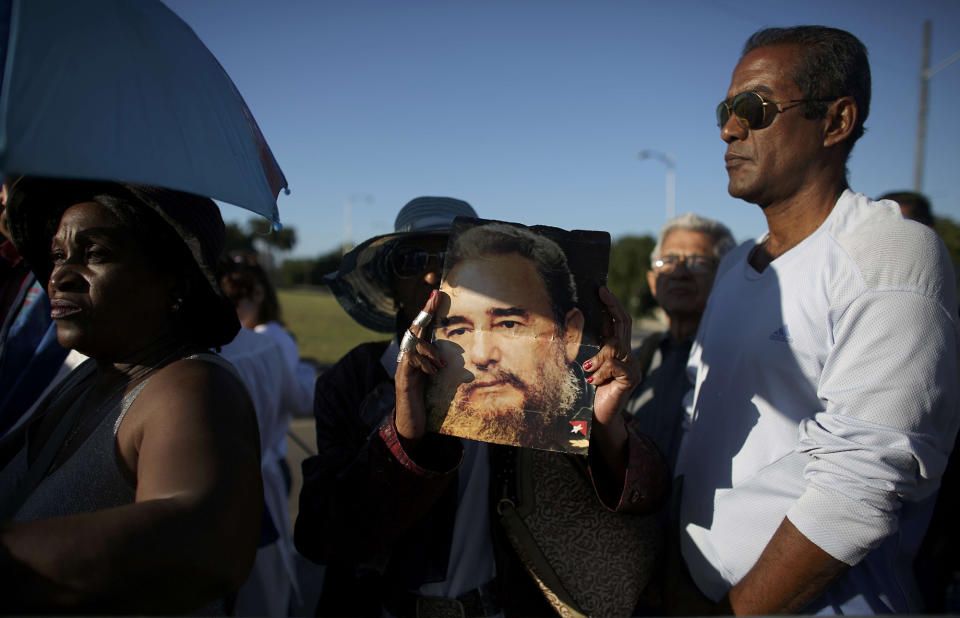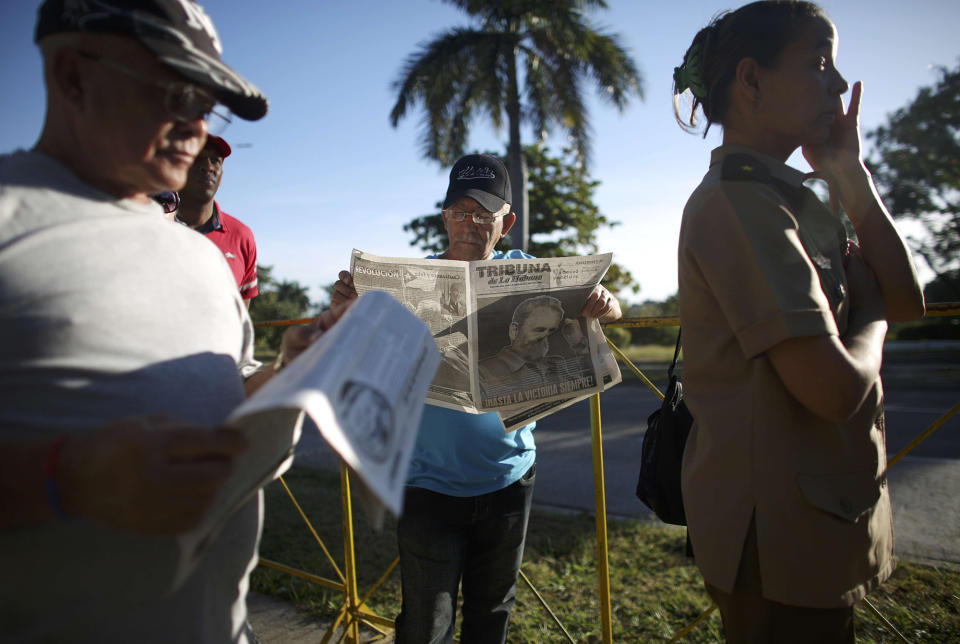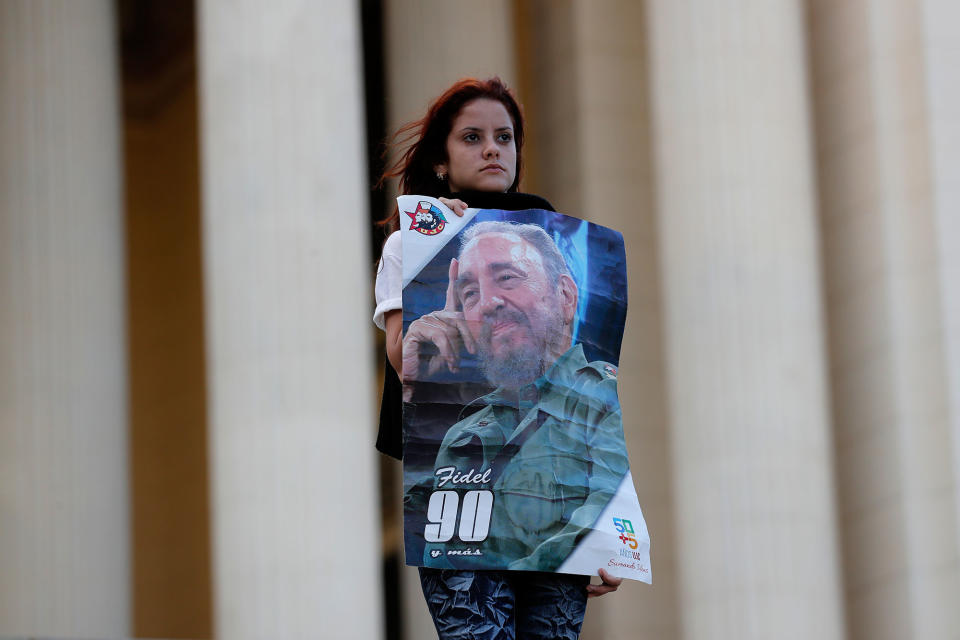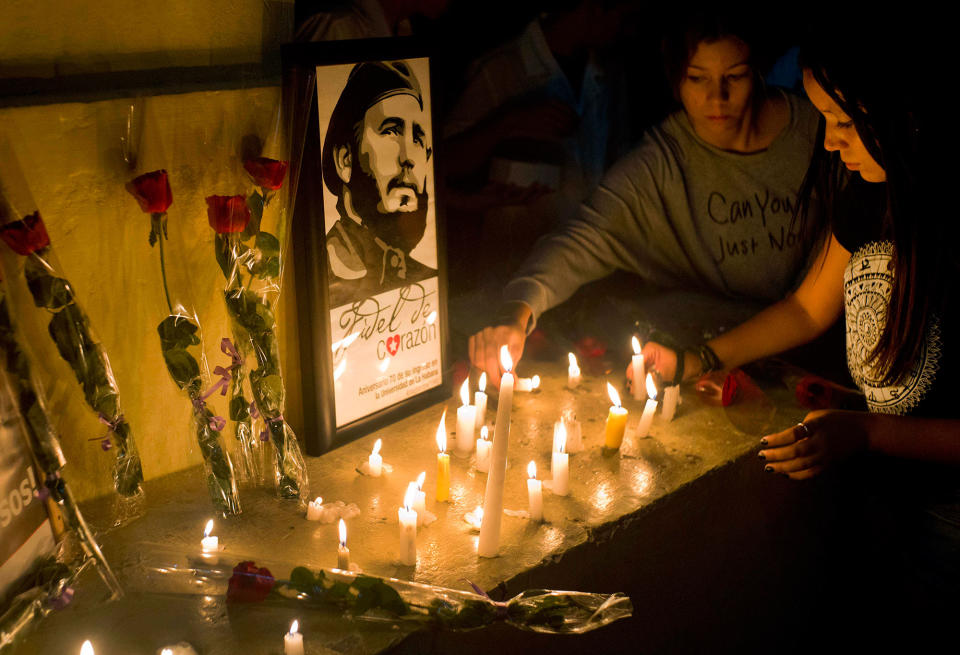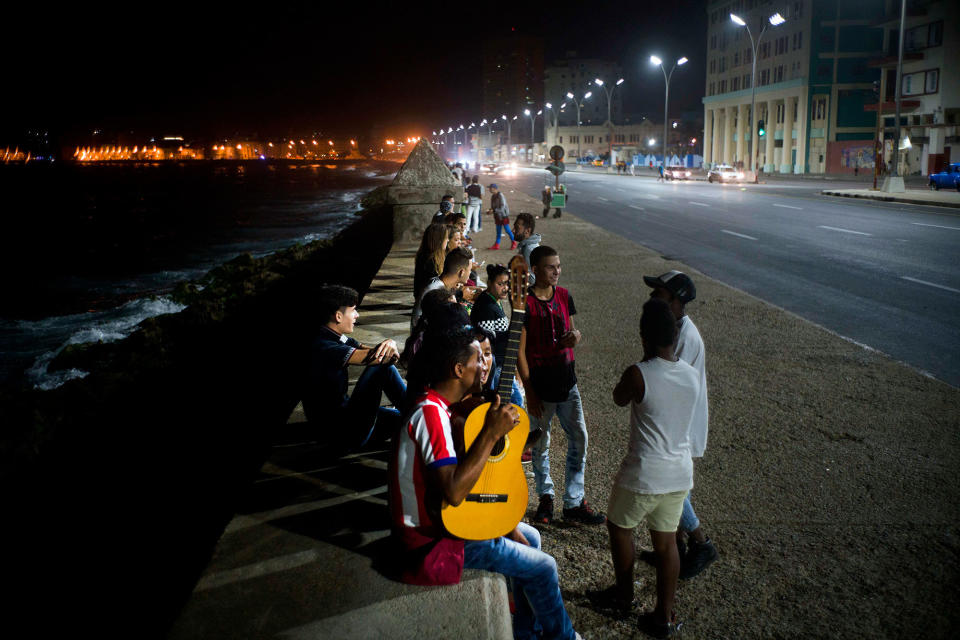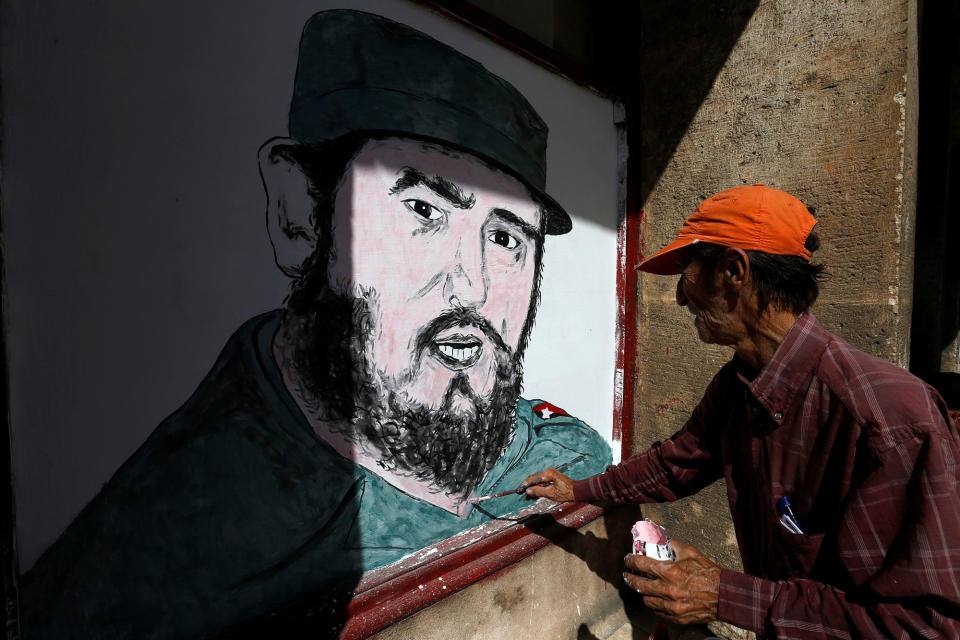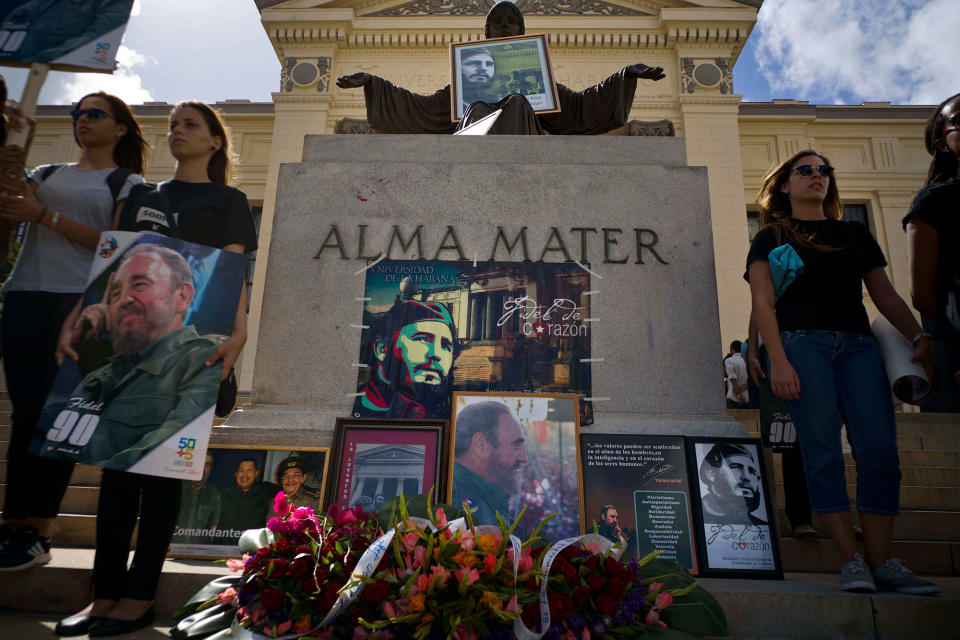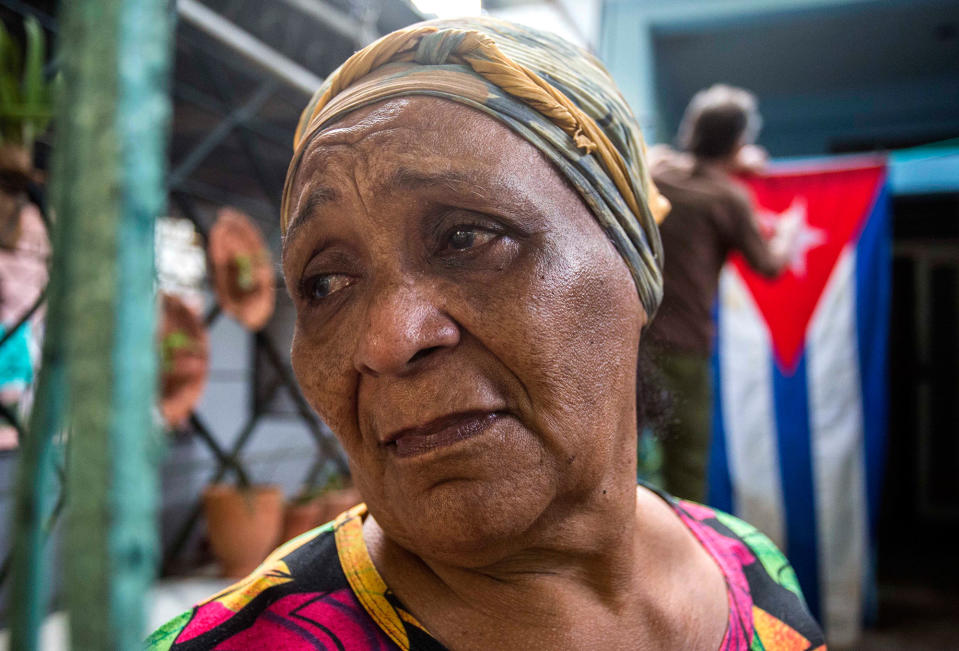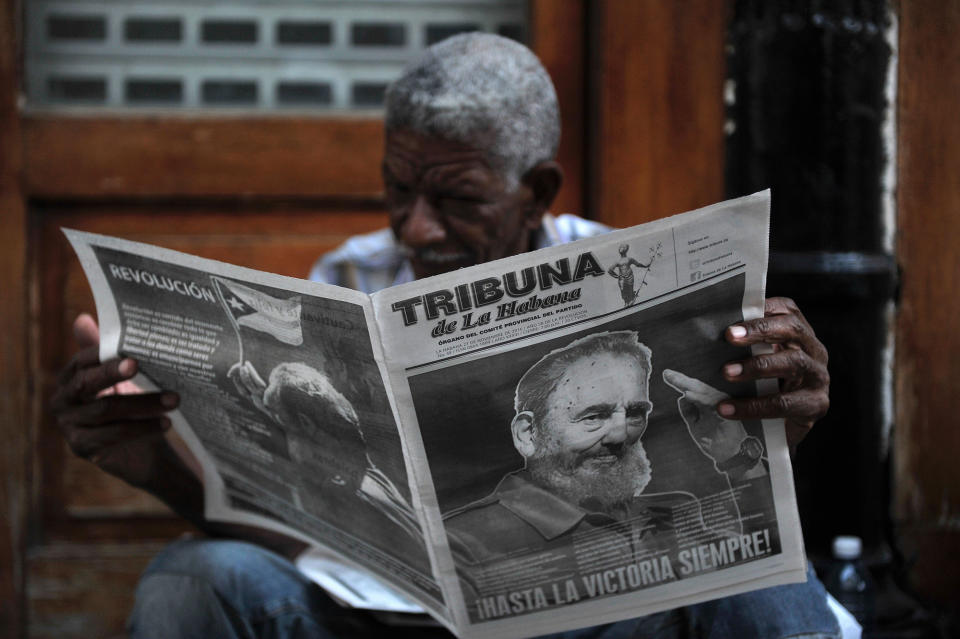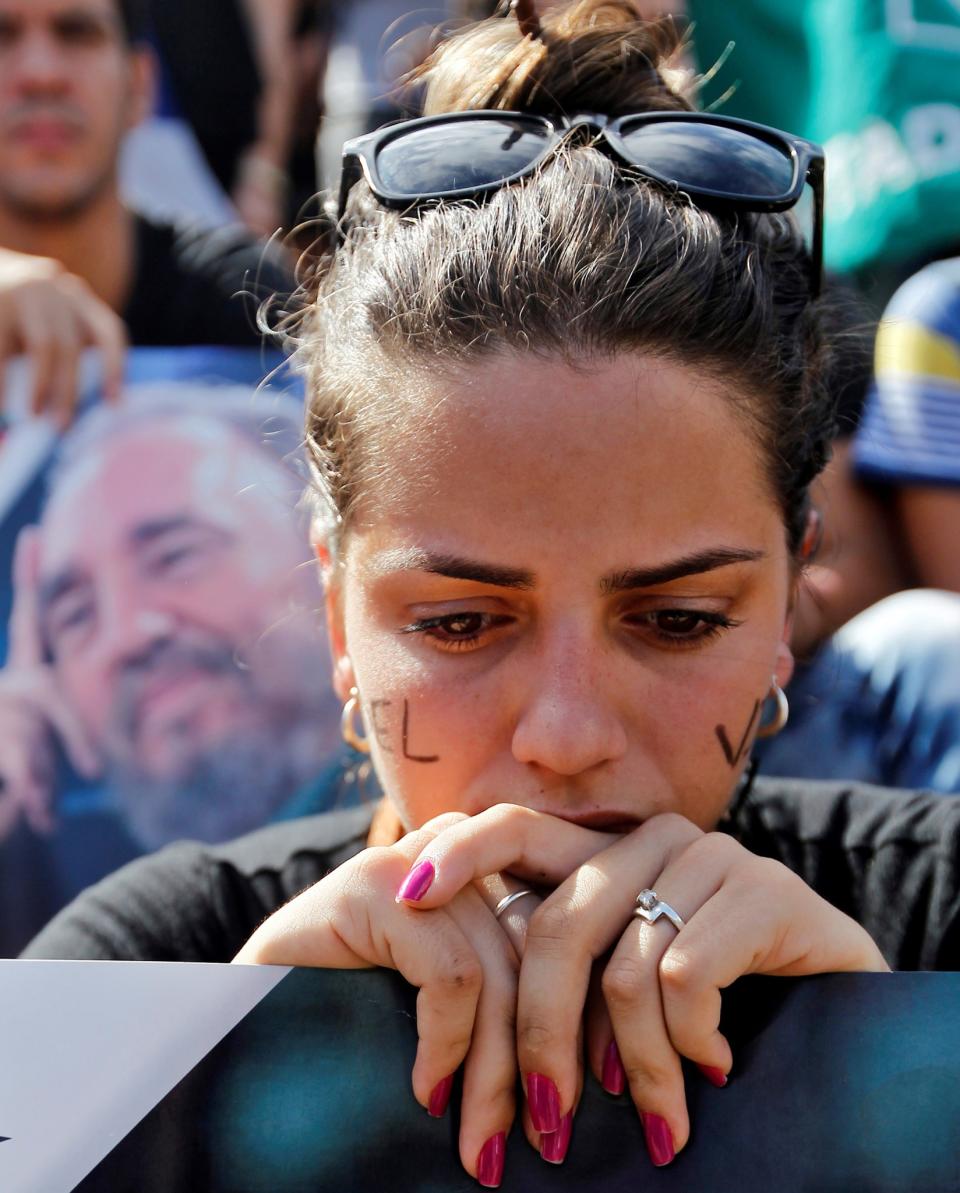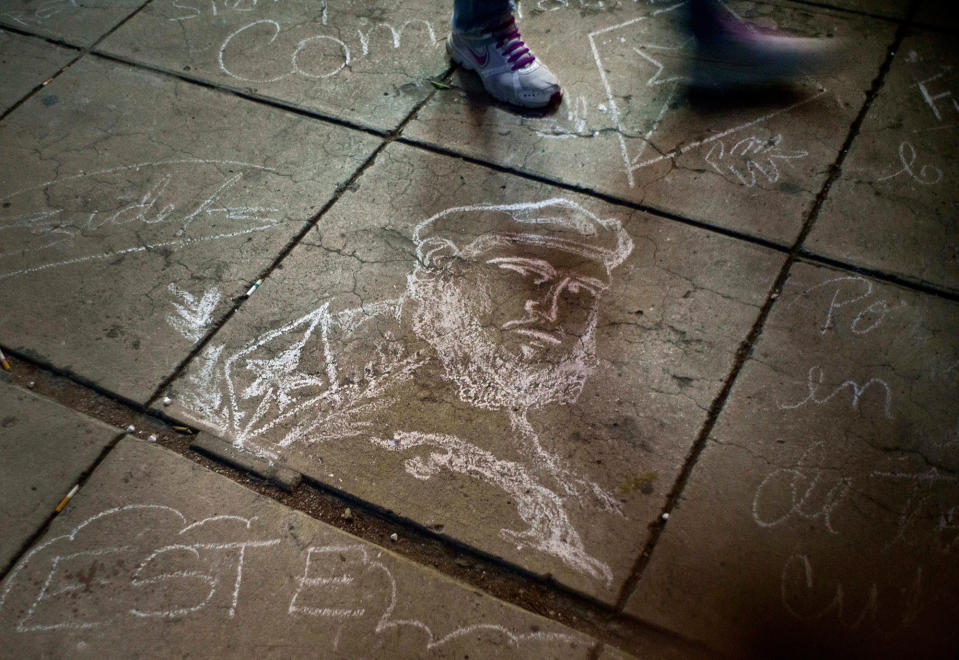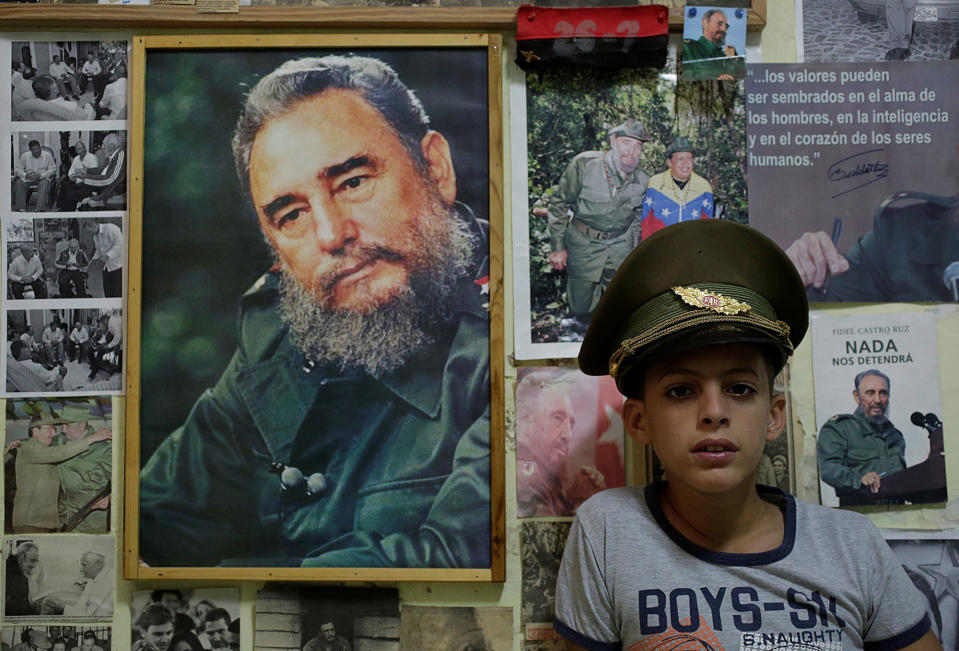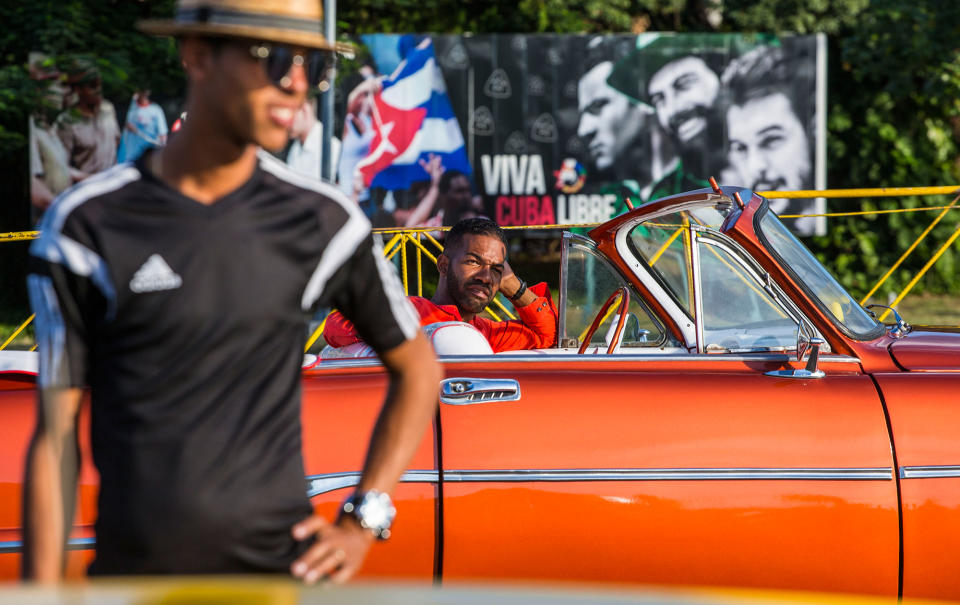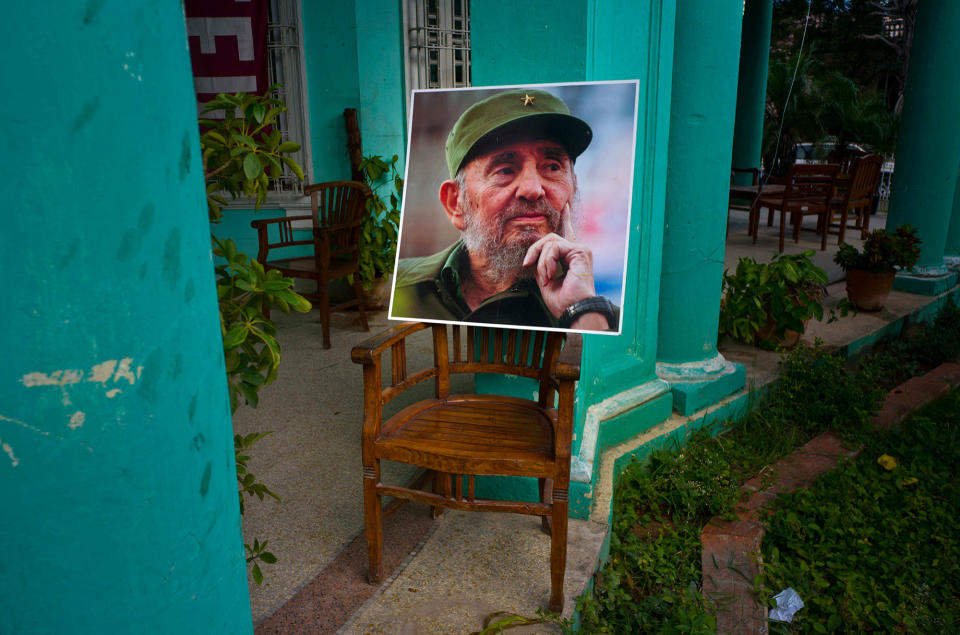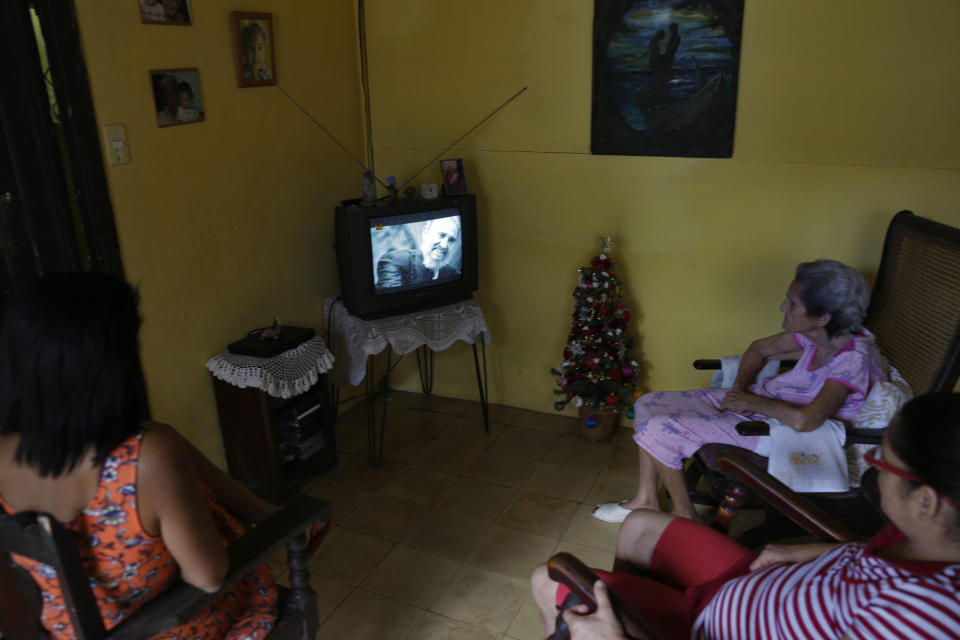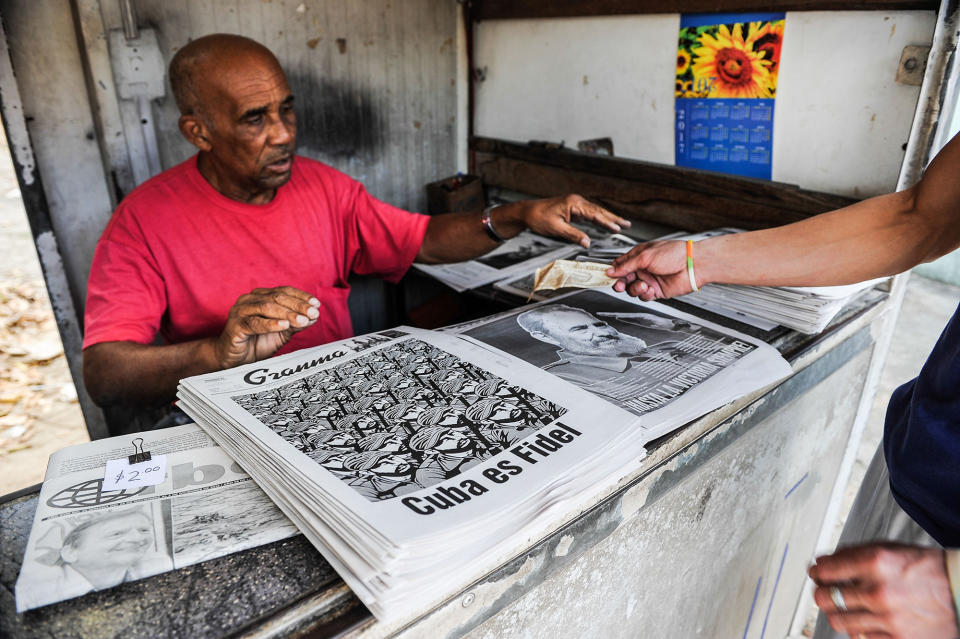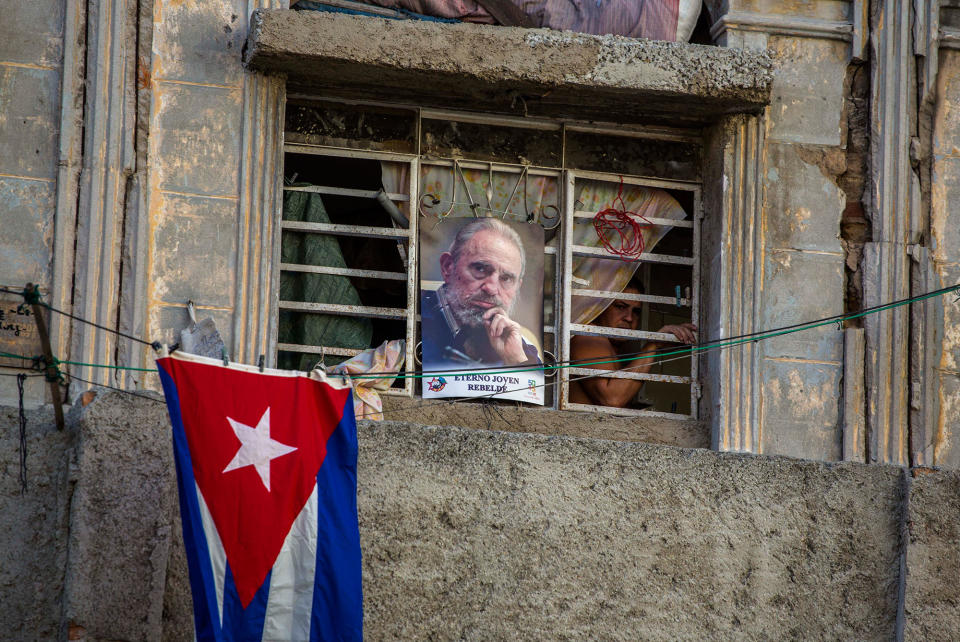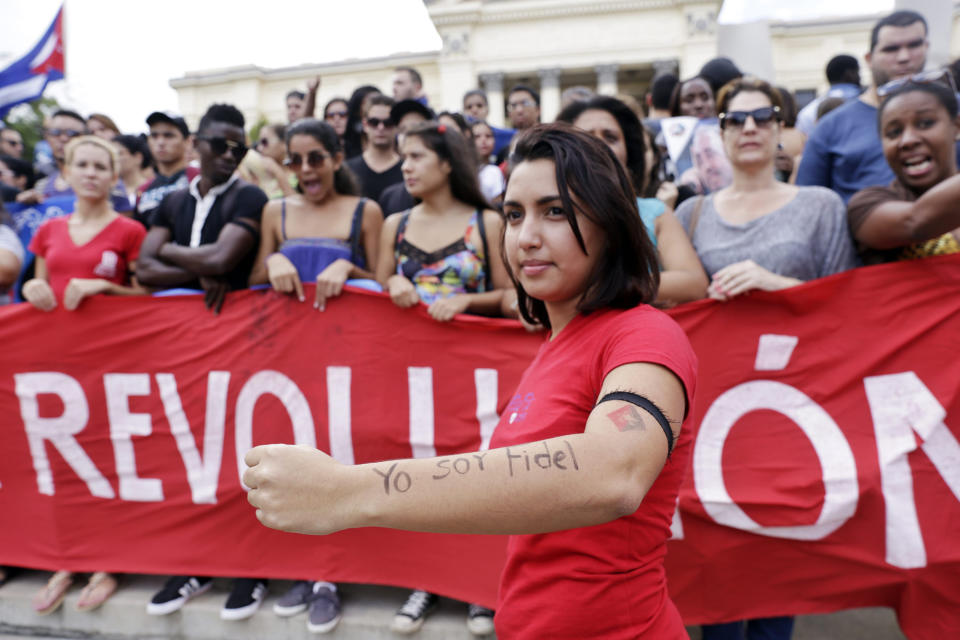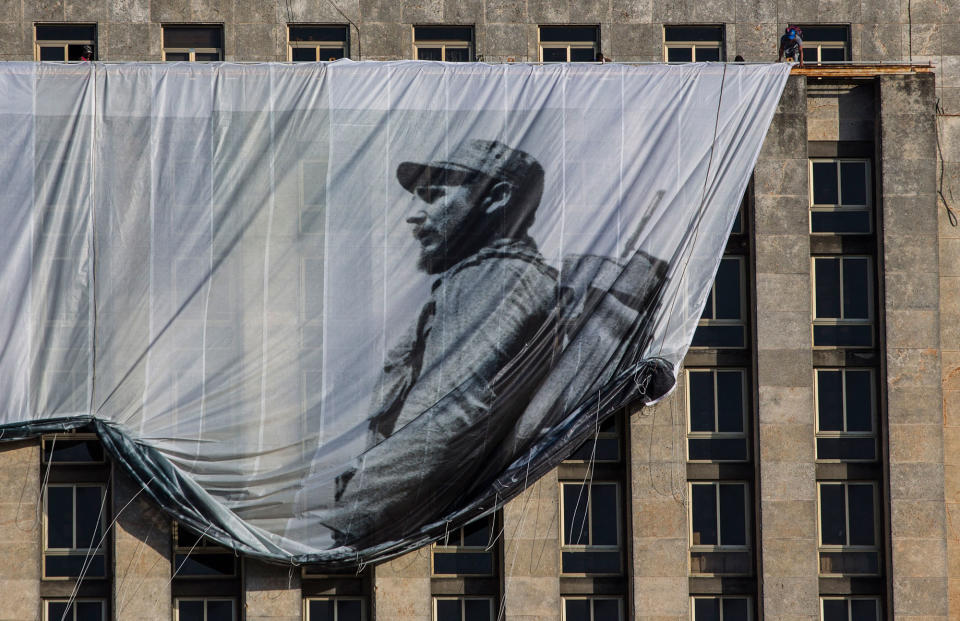Cuba mourns Fidel Castro
To waving flags and some shouts of “Long may he live!” Fidel Castro’s ashes began a four-day journey across the island Wednesday, retracing the path of his triumphant march into Havana nearly six decades ago.
A small, Cuban-flag covered cedar coffin containing the remains of the 90-year-old leader was taken out of Cuba’s Defense Ministry just after 7 a.m. and placed into a flower-bedecked trailer pulled by a green military jeep for the more than 500-mile (800-kilometer) procession to his final resting place in the eastern city of Santiago. The ashes will be interred Sunday, ending the nine-day mourning period for the man who ruled the country for nearly 50 years.
The route traces in reverse the victory tour Castro and his bearded rebels took after overthrowing the forces of strongman Fulgencio Batista in 1959.
Carpenter Rene Mena, 58, said his mother had taken him out of their home on the capital’s seafront Malecon boulevard as a baby to see Castro arrive that year. On Wednesday he donned a Cuban flag and a military cap outside the same house where he still lives, and saluted Castro’s caravan.
“I saw him when he came, and now I’ve seen him when he left. Goodbyes are moving, difficult,” Mena said.
Outside Havana, the caravan will pass through rural communities significantly changed by social and economic reforms he adopted. Many residents now have access to health care and education. But many of those towns are also in a prolonged economic collapse, the country’s once-dominant sugar industry decimated, the sugar mills and plantations gone.
Thousands of Cubans lined the streets of Havana, some sleeping on sidewalks overnight, to bid goodbye to Castro. Many had attended a massive rally Tuesday night at Havana’s Revolution Plaza, where the presidents of Cuba, Mexico, Ecuador, Bolivia, Venezuela and South Africa, along with leaders of a host of smaller nations, offered speeches paying tribute to Castro, who died Friday night.
The crowds at the rally and along Wednesday’s procession route were a mix of people attending on their own and groups of Cubans organized by government workplaces, where attendance was not strictly obligatory but with strong pressure to attend. Some groups of government workers slept on the streets because all public transport had been commandeered to move people to Castro-related activities.
Along the city’s historic Malecon, the funeral procession passed to near-total silence among the crowd. Peering from the sidewalk, rooftops and balconies overlooking the sea, people took cellphone video and photos as keepsakes.
“We love the comandante and I think it’s our obligation to be here and see him out,” said Mercedes Antunez, 59, who was bused in by the state athletics organization from her home in east Havana along with fellow employees.
Tuesday’s rally began with black-and-white revolution-era footage of Castro and other guerrillas on a big screen and the playing of the Cuban national anthem. Castro’s younger brother and successor, Raul, closed the rally with a speech thanking world leaders for their words of praise for his brother, whom he called the leader of a revolution “for the humble, and by the humble.” (AP)
See more news-related photo galleries and follow us on Yahoo News Photo Tumblr.

